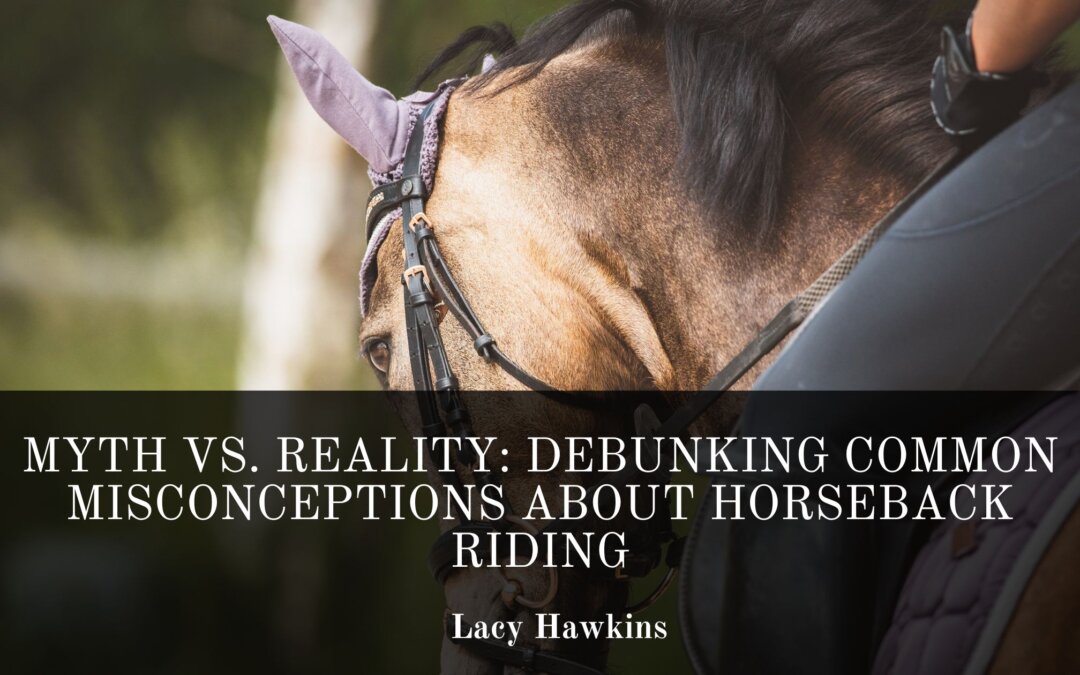Horseback riding is often misunderstood by those who have never spent time in the saddle. From Hollywood portrayals to popular assumptions, myths about riding and horse care can create unrealistic expectations for new riders and those unfamiliar with the equestrian world. Let’s take a closer look at some of the most common misconceptions and uncover the truth behind them.
Myth #1: Horseback Riding Is Just Sitting on a Horse
Reality: Riding is a full-body workout that requires strength, balance, coordination, and endurance. Skilled riders engage their core, legs, and upper body to maintain control and communicate with their horse. Even at a walk, riders must adjust to the horse’s movement, and at faster gaits, they need precise timing and positioning to remain balanced. Competitive riders train as seriously as athletes in other sports, proving that riding is far from passive.
Myth #2: Horses Do All the Work
Reality: While horses are powerful animals, they do not automatically know what a rider wants. Riders must use subtle cues—such as shifts in weight, leg pressure, and rein movements—to guide their horses. A well-trained horse responds to these cues, but it takes skill, practice, and communication for a rider to work in harmony with their horse.
Myth #3: You Can Learn to Ride in One Lesson
Reality: Horseback riding takes time, patience, and consistent practice to master. While beginners may learn basic skills—such as mounting, steering, and stopping—in their first lesson, developing true confidence and control requires weeks, months, or even years. Like any sport, progress comes with experience and dedication.
Myth #4: Only Certain Body Types Can Ride Horses
Reality: People of all shapes, sizes, and fitness levels can enjoy horseback riding. While different riding styles and horse breeds may be better suited for certain riders, the key is finding the right horse-rider match. Many riding schools and equestrian centers accommodate various needs, and proper technique is far more important than body type.
Myth #5: All Horses Love Being Ridden
Reality: Horses, like people, have different personalities, preferences, and training experiences. Some horses genuinely enjoy working with riders, while others may be resistant due to poor handling, discomfort, or lack of training. A well-cared-for and properly trained horse typically enjoys the interaction, but it’s important for riders to understand and respect a horse’s body language and needs.
Myth #6: Horseback Riding Is Dangerous for Everyone
Reality: While horseback riding carries risks, just like any sport, proper training, equipment, and safety precautions significantly reduce the chances of injury. Wearing a helmet, using appropriate tack, and riding a well-trained horse in a controlled environment make riding a safe and enjoyable activity.
Conclusion
Horseback riding is a rewarding and complex activity that goes far beyond the myths. Whether you’re a beginner or an experienced rider, understanding the realities of riding leads to better horsemanship, a deeper appreciation for the sport, and a stronger bond with horses. The next time you hear a riding myth, you’ll know the truth—and perhaps even help debunk it for others.
